Stylistics and the cultural context in literary translation : Njegos's The Mountain Wreath in the german translation
Tipo de material: Recurso continuoSeries ; vol.62n.4Detalles de publicación: Sint-Amandsberg : Fédération Internationale des Traducteurs , october-december 2016Descripción: p. 623-634ISSN:
Recurso continuoSeries ; vol.62n.4Detalles de publicación: Sint-Amandsberg : Fédération Internationale des Traducteurs , october-december 2016Descripción: p. 623-634ISSN: - 0521-9744
| Tipo de ítem | Biblioteca actual | Colección | Signatura topográfica | Estado | Fecha de vencimiento | Código de barras | |
|---|---|---|---|---|---|---|---|
 Artículos/Analíticas
Artículos/Analíticas
|
Biblioteca Bartolomé Mitre | Colección General | H17 (Navegar estantería(Abre debajo)) | Disponible |
Navegando Biblioteca Bartolomé Mitre estanterías, Colección: Colección General Cerrar el navegador de estanterías (Oculta el navegador de estanterías)
incl. ref.
Considering the example of the translation of Njegos's The Mountain Wreath into the German language, the paper analyses the translational solutions that are dictated by the principles of the subject. The translator Alois Schmaus chose to take this step in order to bring home to the modern reader a world which appears to be archaic. He made this decision for two reasons. First, the German reader is unfamiliar with the historical context that is the subject of this poem; secondly the rules of prosody in Serbian and German do not match. By choosing to carry over the Serbian epic decasyllable, Schmaus favours the Serbian poetic tradition. From the historical point of view German verse, constructed as an Alexandrine, is burdened with the context of courtly poetics. The hexameter, meanwhile, which was introduced into German literature by Klopstock and later popularised by Voss and Goethe, appears in the context of the rise of the bourgeoisie. Both verses require changes while being translated, which affect the poem's characteristics. In order to maintain authenticity, Schmaus pleads for the "Serbian trochee": iamb and dactyl, metrical feet that are closer to the German language, would have impeded the setting the diaeresis and affected the syntax. Because of this, Schmaus places a spondee at the end of every verse and sets the historical context in the tradition of martyrdom.
No hay comentarios en este titulo.

